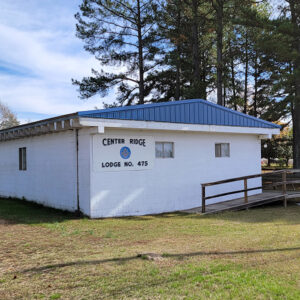 Center Ridge Masons
Center Ridge Masons
Entry Category: Counties, Cities, and Towns
 Center Ridge Masons
Center Ridge Masons
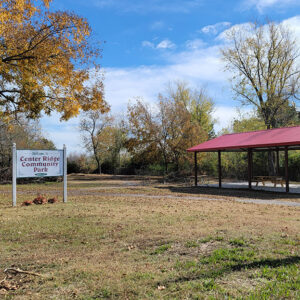 Center Ridge Park
Center Ridge Park
 Center Ridge Post Office
Center Ridge Post Office
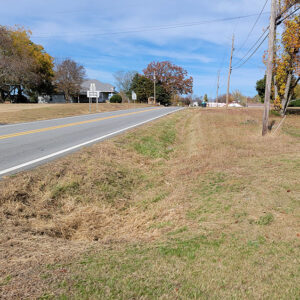 Center Ridge Street Scene
Center Ridge Street Scene
Centerton (Benton County)
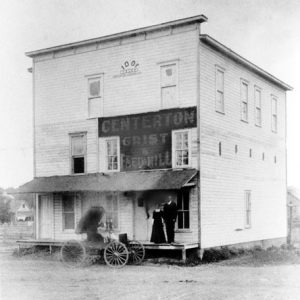 Centerton Grist and Feed Mill
Centerton Grist and Feed Mill
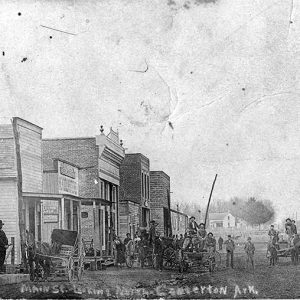 Centerton Street Scene
Centerton Street Scene
Central (Hot Spring County)
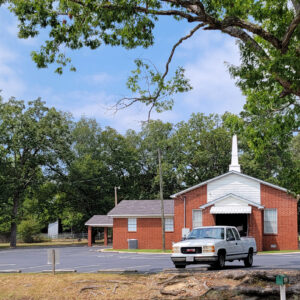 Central Church
Central Church
Central City (Sebastian County)
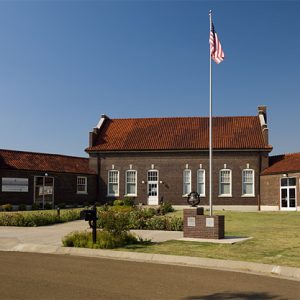 Central Delta Depot Museum
Central Delta Depot Museum
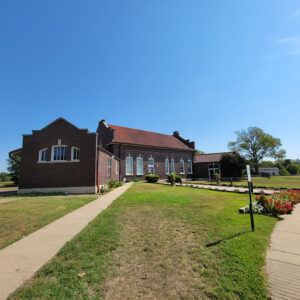 Central Delta Depot Museum
Central Delta Depot Museum
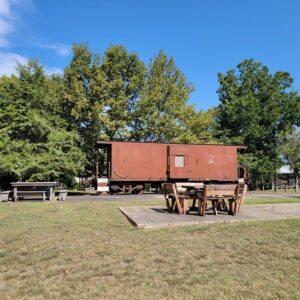 Central Delta Depot Museum Train
Central Delta Depot Museum Train
 Central Street Scene
Central Street Scene
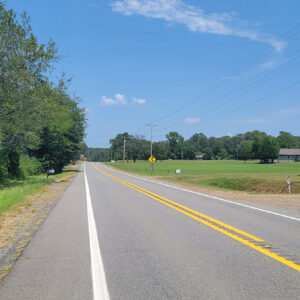 Central Street Scene
Central Street Scene
Chalybeate Springs (Stone County)
Champagnolle (Union County)
 Champion American Beech
Champion American Beech
Chant (Scott County)
Charleston (Franklin County)
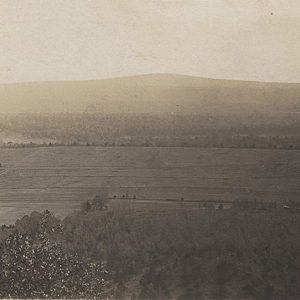 Charleston Area
Charleston Area
 Charleston Baseball Team
Charleston Baseball Team
 Charleston Cemetery
Charleston Cemetery
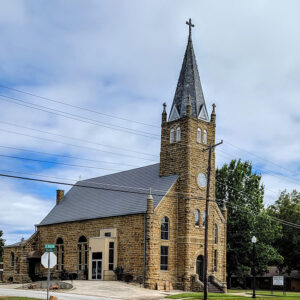 Charleston Church
Charleston Church
 Charleston Church
Charleston Church
 Charleston City Hall
Charleston City Hall
 Charleston Community Center
Charleston Community Center
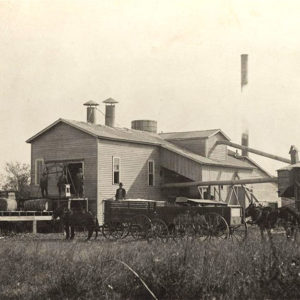 Charleston Cotton Gin
Charleston Cotton Gin
 Charleston Fire Department
Charleston Fire Department
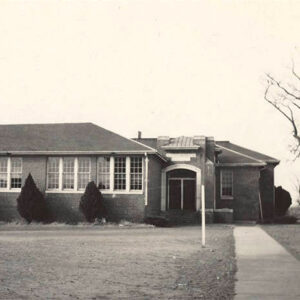 Charleston High School
Charleston High School
 Charleston Home
Charleston Home
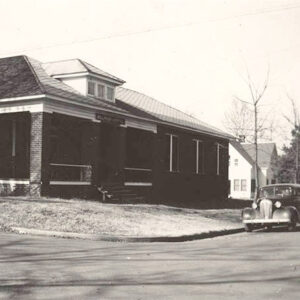 Charleston Hospital
Charleston Hospital
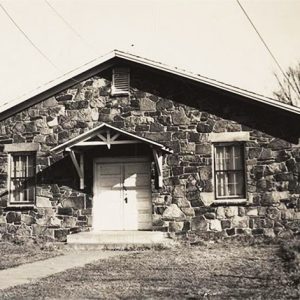 Charleston Legion Hut
Charleston Legion Hut
 Charleston Middle School
Charleston Middle School
 Charleston Post Office
Charleston Post Office
 Charleston Silo
Charleston Silo
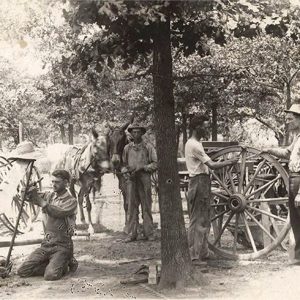 Charleston Smith
Charleston Smith
 Charleston Street Scene
Charleston Street Scene
 Charleston Street Scene
Charleston Street Scene
 Charleston Street Scene
Charleston Street Scene
 Charleston Street Scene
Charleston Street Scene
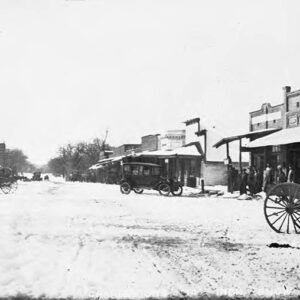 Charleston Street Scene
Charleston Street Scene
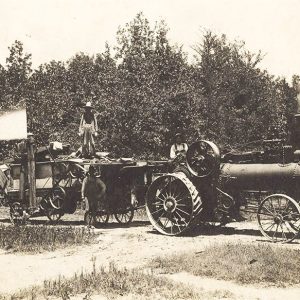 Charleston Thrasher
Charleston Thrasher
Charlotte (Independence County)
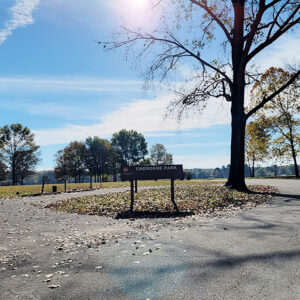 Cherokee Park
Cherokee Park
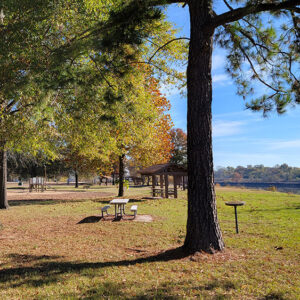 Cherokee Park
Cherokee Park
Cherokee Village (Sharp and Fulton Counties)
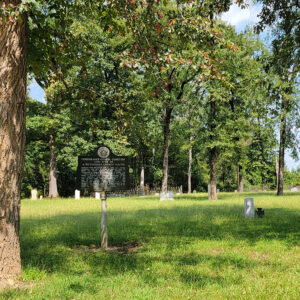 Cherry Cemetery
Cherry Cemetery
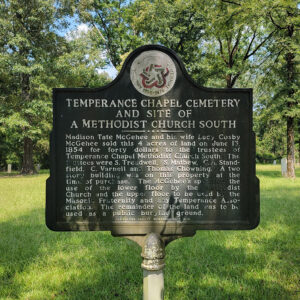 Cherry Cemetery Information
Cherry Cemetery Information
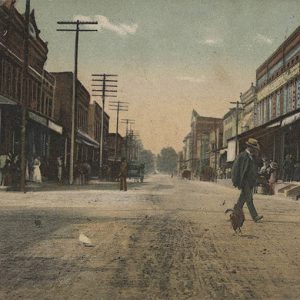 Cherry Street
Cherry Street




